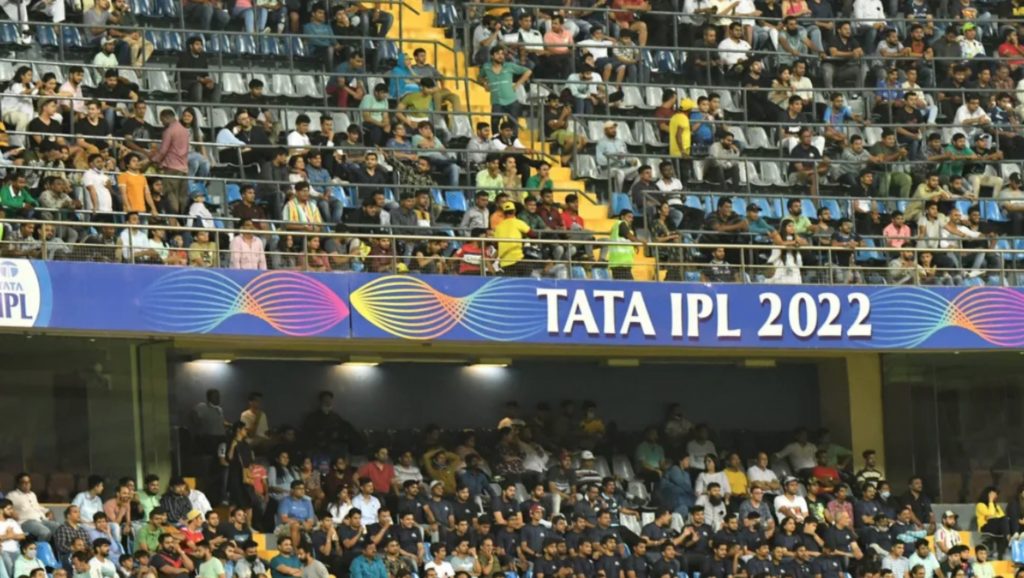The IPL is marked more by mediocrity than moments of magic and has largely lost its appeal. It’s time for a ‘Super League’, writes RYAN VREDE.
I write this as the tournament reaches its 250th day. I kid, obviously, but it does feel like it has dragged on beyond my interest.
I follow the IPL fairly closely because it is part of my job to do so. Given the choice, I would only watch the games involving players who I find dynamic and skilful, particularly those featuring South Africans. Outside cricket obsessives, I suspect this is what most people do.
The tournament started in late March and will finish in late May. The monotony is numbing. Some moments remind us of this tournament’s value. David Miller finishing Tuesday evening’s game with three sixes is one such example. But those moments don’t happen with enough regularity to sustain interest.
Indeed, the tournament is largely marked by pretty average T20 cricket. The vast percentage of matches are dominated by batsmen, who punish bowlers that operate on decks deader than Bill Cosby’s career. There is no fair contest between bat and ball, which is supposed to be a foundational pillar of cricket.
I can accept this, but I find it harder to accept the mediocrity that pervades the tournament, mediocrity which is only occasionally broken by the type of brilliance Miller produced in Kolkata.
This is not to say that the IPL isn’t commercially viable. Indeed, it is a cash cow with massive growth potential, evidenced by the mad scramble to win the broadcasting rights to the tournament. Disney and Amazon are among the six entities that have already purchased the documents needed to bid for the IPL’s broadcasting rights. The winner is likely to pay a fee that breaks all records for broadcasting rights to a cricket event. It may well rank in the top five of the biggest broadcasting rights deals in sports history.
But commercial viability and a gripping tournament are two different things. I think the IPL could be improved by scaling it back to two home-and-away rounds, followed by semi-finals and a final. The tournament could be over in a month, and every match would matter in a way it simply does not in the current format.
But I also think there’s room in the game for a 10-team, two-round ‘Super League’ featuring the winners of the premier domestic T20 competitions around the globe. I’d much rather watch the Perth Scorchers take on the Paarl Rocks, both lineups stacked with their national team players, than I would watch the Mumbai Indians and Chennai Super Kings slug it out multiple times in the IPL.
Either that or the IPL scraps the limitation on how many foreign players are eligible for a starting XI and improves the tournament by eliminating the need to fill rosters with Indian players who drag the tournament’s standard down.
The IPL isn’t likely to change, though. Indeed, it may introduce more expansion teams in the coming years. This is likely to further dilute the tournament’s quality, in much the same way as expansion in Super Rugby did. Today that tournament has ceased to exist, but the truth is that it died as an interesting spectacle when the suits beefed it up from 12 teams. This was the saturation point, and what followed was a boring mess.
The players won’t speak up about the IPL’s mediocrity. Many of them have been paid money that will last three generations to play. Biting the hand that feeds them so generously would be career suicide. The tournament’s organisers will continue to spin it as the most gripping T20 competition in the game.
It was, but no longer is.







